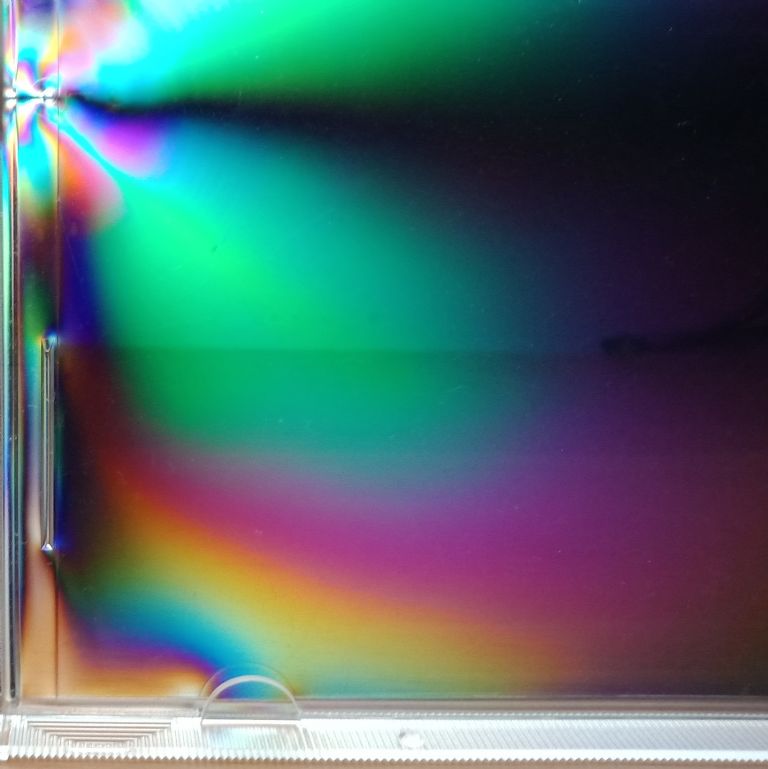Having drifted further from the essence of this ‘Macro-photography’ thread, the mention of (left/right) image polarising for gaining a 3D effect raised a very distant memory along with a more recent observation.
In the early 50’s I recall visiting a local (Bolton, UK) cinema with my maternal grandmother. Each person received a pair of metal-framed spectacles, with instructions to hand them back at the end of the show. It was already clear to me that the ‘lenses’ were alternately polarised, one vertically, the other horizontal. I’m not sure how I knew this but, borrowing her pair of spectacles, I recall attempting to show her how, when one ‘lens’ was placed at right angles over the other, light would be blocked. What isn’t clear is how effective my explanation was in conveying to my GM, the very purpose of such a spectacle, pun intended.
Almost seventy years later, I was unable to resist responding to the current thread’s 3D occasional digression. This group of images demonstrates an effect that puzzled me. [If you’re in a hurry, the answer is in the link below.]

For no particular reason, I chose to display on my (aging) AOC 2436 desktop monitor a photograph of Waterman’s Dock in Hobart, Tasmania, (top left).
In each of the three remaining images, I’m holding in front of the PC monitor screen, a pair of polarising filters crossed at 90°. Where they overlap (as I explained to my GM long ago), most of the light is blocked.
What I found strange was if I repeated the test but rotated the pair at 45° as in the lower left image.
There was still a similar blocking where they crossed, but one filter almost completely blocked the covered part of the image. This suggests that the monitor is displaying a polarised image at 45°.
Taking the same pair of crossed filters and rotating them at about 60°/30° produced a similar result, although now allowing more light through (see lower right).
Testing our TV screen (a Bravia Oled) using a single filter, reveals that the display is horizontally polarised.
As often happens, I decided it was time to stop guessing and check the Internet.
Here I found an answer …
http://www.nelson-miller.com/why-are-lcds-polarized/#:~:text=Aside%20from%20the%20use%20of,feature%20a%20polarized%20filter%20layer
[A novel use of a pair of crossed polarising filters is to sandwich between them, a transparent object such as a PMM (acrylic) or GPPS moulding. As here from a CD case lid moulded in acrylic, the stress levels appear in multiple bands of the colour spectrum. The position of the gate into the mould appears in the upper left corner halfway up the part.]

Sam
The LINK 'mechanism' proved smarter than I realised, and had already inserted the URL.
Editing was unnecessary.
Edited By Sam Stones on 25/04/2021 00:38:01
 Michael Gilligan.
Michael Gilligan.





















